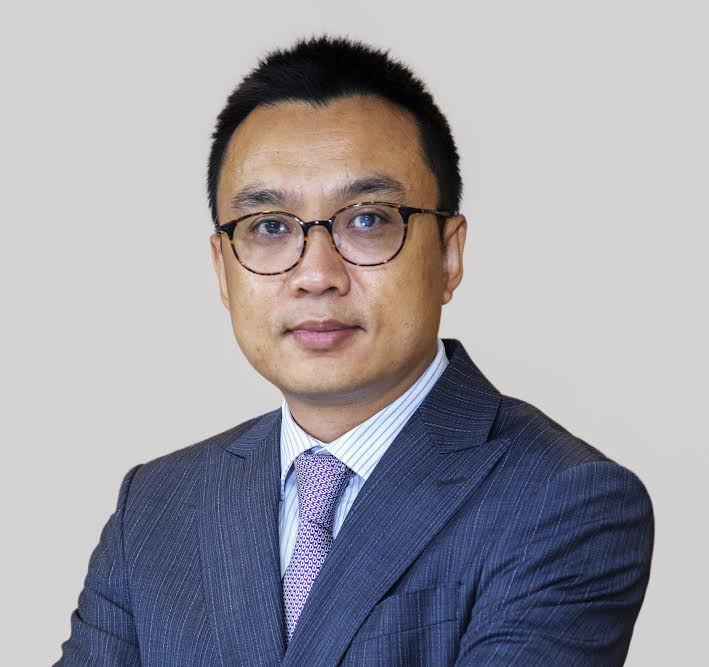Huawei is rolling out a new information and communication technology solution specifically built for the hydro-electric power generation sector.
Known as an Evolved Long Term Evolution (eLTE) Private Broadband Network, it is an intelligent energy management system built to ensure efficient power generation, power plant operations and power distribution.
In a statement from the head office, Huawei Kenya CEO Will Meng said that the solution is being implemented across the Africa continent for hydropower generation plants whose thick concrete walls are a challenge for existing communication systems.
“Huawei’s eLTE Broadband Network penetrates the thick concrete walls to provide all essential communication and operational management services across the entire company,” said Will. He added that the network carries voice, video, and data services throughout the plant, above and below ground and enables instant communication between the control room and maintenance staff. It effectively covers, without extensive cabling and installation, both indoor and outdoor working areas, including roadways inside the dam, generator rooms, and employee living areas within the plant’s vicinity, reducing delays and introducing certainty on the plant status..
With features like “push-to-talk” and group calls for both voice and video, the private network makes routine maintenance and handling of emergencies easier and more efficient at the power plant.
Will explained that staff can communicate via video call to fix maintenance challenges in record time and that building such modern networks also provides capacity for growth, enabling intelligent digital transformation of the site in the future.
Clean energy is becoming increasingly important in their national energy mix, with Kenya on the Eastern side registering 57% is hydro power, about 32% is thermal and the rest geothermal and emergency thermal power. Solar PV and Wind power play a minor role contributing 2%. Kenya’s building stock is projected to grow to about 47 million square meters by 2025 with an attendant rise in electricity supply to the building and construction sector expected to be largely from renewable energy by 2030. Innovations like the eLTE solution are intended to enable hydropower producers like KenGen to effectively manage and distribute power to meet high demand in more efficient and reliable ways.
The eLTE solution has been tested in Ghana for the Bui Power Authority (BPA) which has a hybrid hydropower and solar plant. BPA has commissioned the first 5MW Floating Solar Plant in the Sub-Saharan region and supplies power through the Bui Switchyard to the National Interconnected Transmission System (NITS).
Its hydro power plant produces 404MW of electricity while an additional 50MW of power is generated from the solar installations on site, with the total renewable power output contributing around 6-7% of the total power generated in-country.
Speaking when he commissioned the new Huawei system, Ghana’s Energy Minister Dr. Matthew Opoku Prempeh said that with the country striding towards achieving universal electricity access by 2025, it is important for it to unleash the transformational power of ICT in optimizing the operations at power plants, increasing the efficiency of renewable energy use, and ensuring a stable and cost-effective electricity supply to many more households nationwide.
This, he said, is a practice that should be replicated across the continent as most African countries expand their reliance on renewable energy sources of electricity.
